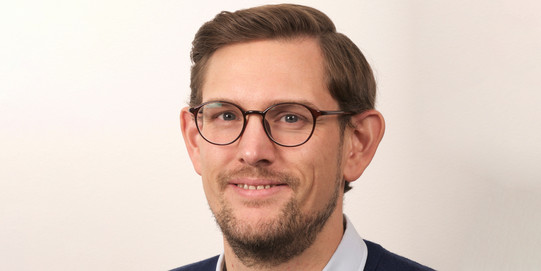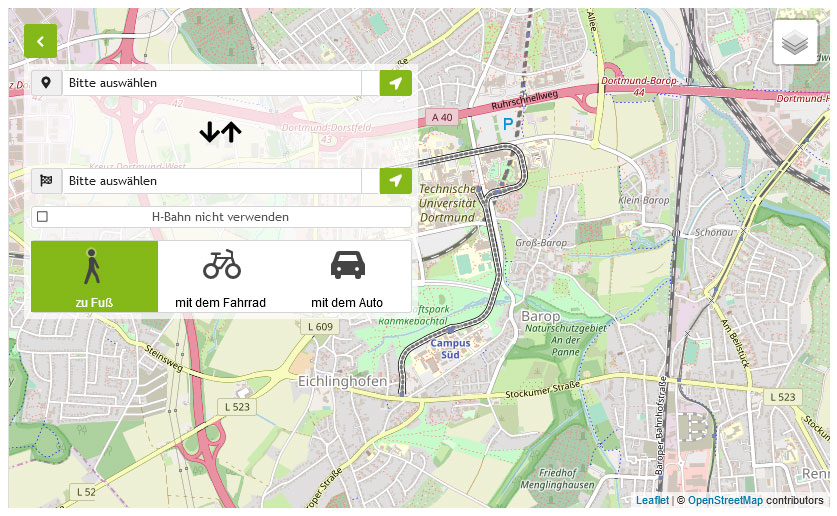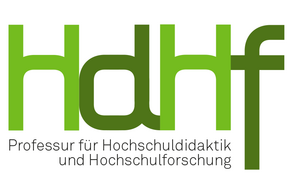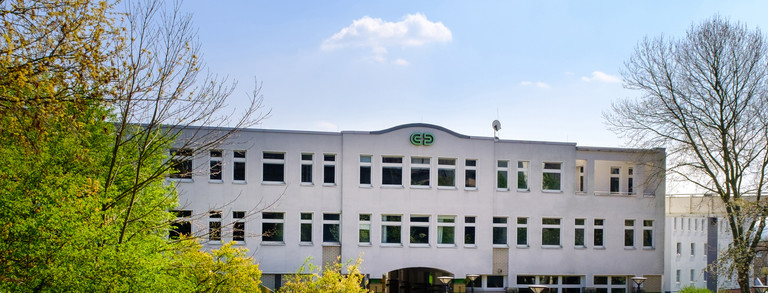Prof. Jens Jungblut
Are Evaluations in Academia National or Global?
A cross-national study on evaluations in academic recruitment processes in Europe

Vortrag in englischer Sprache
Studies on academic recruitment processes have demonstrated that universities evaluate candidates for research positions using multiple criteria. However, most studies on preferences regarding evaluative criteria in recruitment processes focus on a single country, while cross-country studies are rare. Similarly, we know only very little about perceived barriers to hiring the preferred candidates. Additionally, though studies have documented how fields evaluate candidates differently, those differences have not been deeply explored, thus creating a need for further inquiry. This paper aims to address this gap and investigates whether academics in two fields across five European countries prefer the same criteria to evaluate candidates for academic positions. Moreover, we also investigate what kind of barriers academics identify that prevent them from hiring their preferred candidates. The analysis is based on recent survey data drawn from academics in economics and physics in Denmark, the Netherlands, Norway, Sweden, and the UK. Our results show that the academic fields have different evaluative cultures and that researchers from different fields prefer specific criteria when assessing candidates. We also found that these field-specific preferences were to some extent mediated through national frameworks such as funding systems. Similarly, we also found both national and field differences with regard to the perceived barriers in recruitment.
Jens Jungblut works as an Associate Professor at the Department of Political Science at the University of Oslo. Prior to this, he was a postdoctoral research fellow at the Scandinavian Consortium for Organizational Research (SCANCOR) at Stanford University and a postdoctoral researcher at the International Centre for Higher Education Research (INCHER) at the University of Kassel. He received his PhD from the University of Oslo. Jens' main research interests include party politics, policy-making, and public governance in the knowledge policy domain (higher education & research), organizational change in higher education, and the role of (academic) expertise in policy advice.
Mittwoch, 7. Juli 2021, 16:00–17:30 Uhr | Online
Zentrum für HochschulBildung (zhb)
Professur für Hochschuldidaktik und Hochschulforschung





